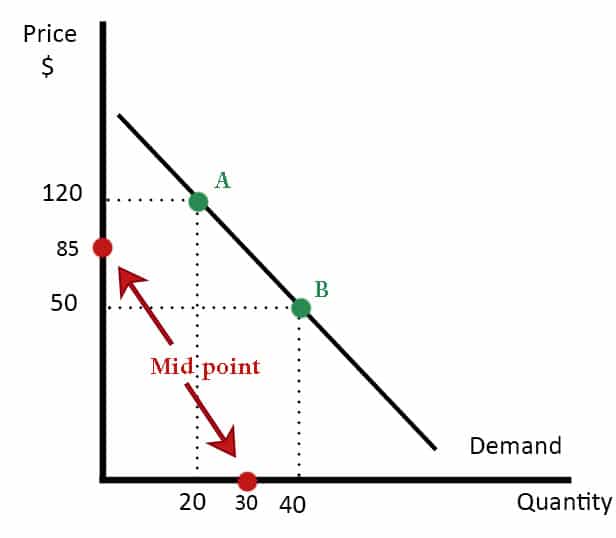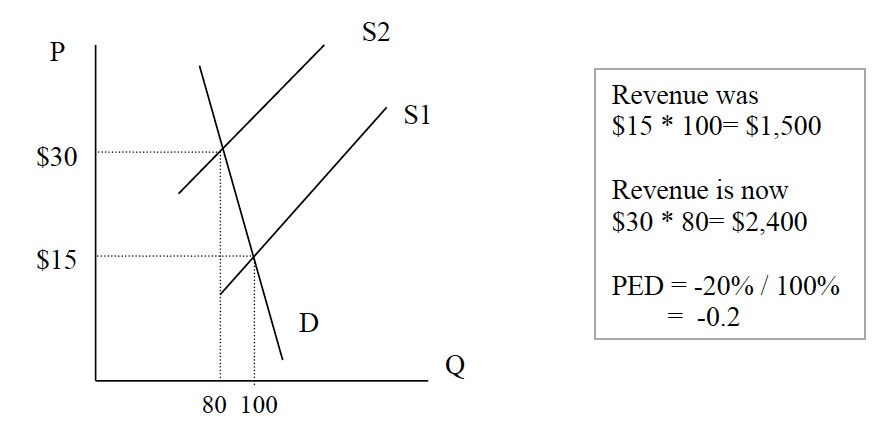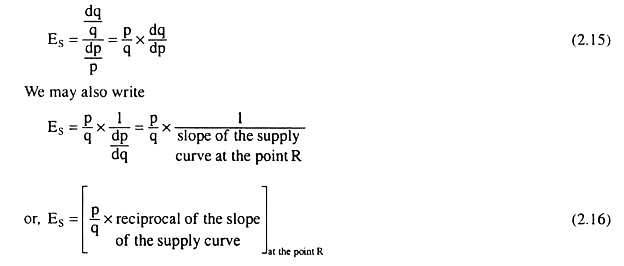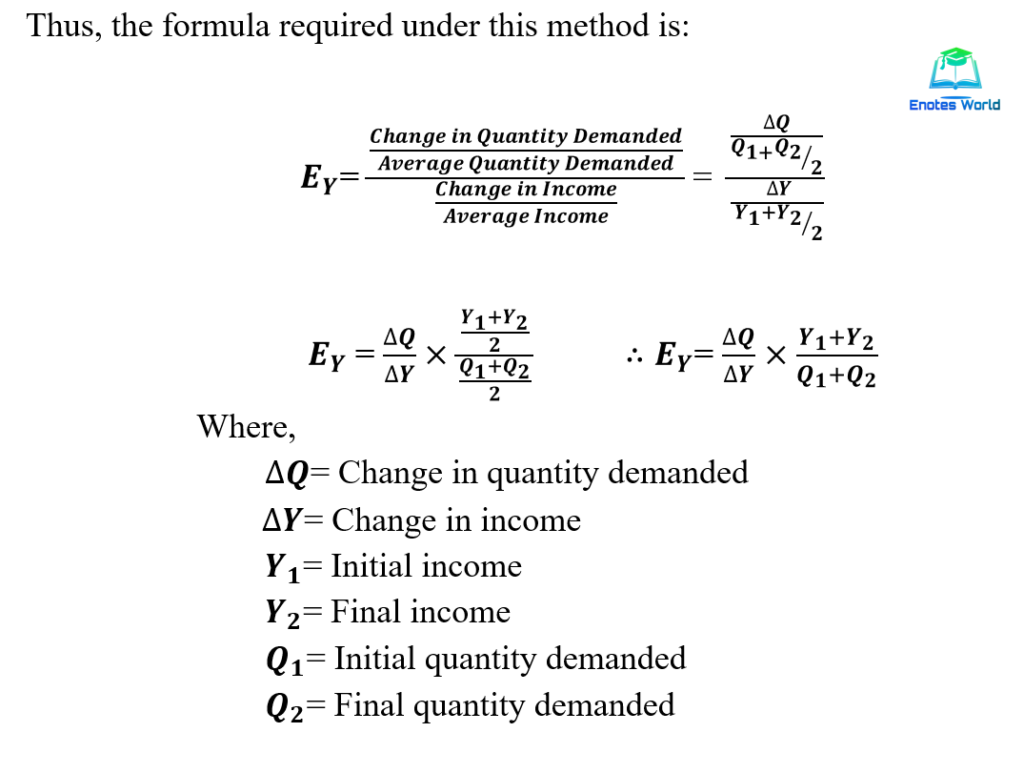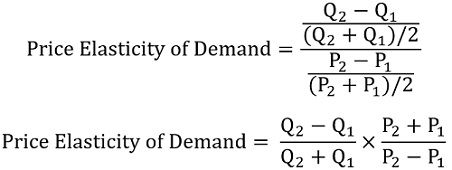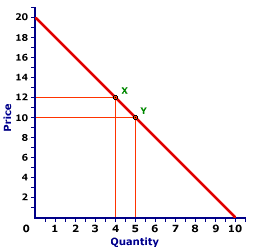Point elasticity is a measure of how responsive the quantity demanded or supplied of a good or service is to a change in its price. It is calculated using the following equation:
Point elasticity = (percentage change in quantity demanded or supplied)/(percentage change in price)
For example, let's say that the price of a gallon of gasoline increases by 10%. If the quantity of gasoline demanded decreases by 5%, the point elasticity would be calculated as follows:
Point elasticity = (-5%)/(10%) = -0.5
A point elasticity of -0.5 indicates that the quantity demanded of gasoline is relatively inelastic, meaning that a change in price has a relatively small impact on the quantity demanded. On the other hand, if the quantity demanded of gasoline decreases by 15% in response to a 10% increase in price, the point elasticity would be calculated as follows:
Point elasticity = (-15%)/(10%) = -1.5
A point elasticity of -1.5 indicates that the quantity demanded of gasoline is more elastic, meaning that a change in price has a larger impact on the quantity demanded.
It's important to note that point elasticity only considers the effect of a change in price on the quantity demanded or supplied at a specific point in time. It does not take into account the long-term effects of price changes on the market as a whole.
In addition, it's worth noting that the elasticity of demand or supply can vary depending on the specific good or service being considered. For example, some goods and services may have more elastic demand or supply, meaning that they are more sensitive to changes in price, while others may have more inelastic demand or supply, meaning that they are less sensitive to changes in price.
In conclusion, point elasticity is a useful tool for analyzing the relationship between price and quantity demanded or supplied in a specific market. It helps economists understand how changes in price can affect the quantity of a good or service that is bought and sold, which is important for making informed decisions about pricing strategies and other economic policies.
